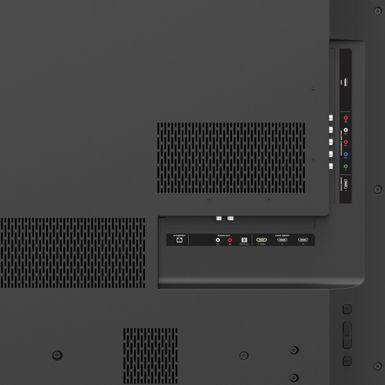

A set of LEDs sit behind the front grille to serve as an indicator for source and volume level, but that’s it. These cones aren’t real side-firing drivers, they’re simple design flourishes. The sides are gray plastic with metallic, circular panels that automatically slide out to reveal RGB-lit cones that indicate when spatial audio is being played. A row of buttons on the top, marked by printed symbols on the cloth, control power, input, Bluetooth, and volume. The Elevate soundbar itself measures 2.4 by 41.4 by 4.6 inches (HWD), with a rounded, oval-like profile and grille cloth running over the entire face of the speaker from front to back. But for a sub-$800 surround sound package that can offer at least some sense of verticality, the M-Series Elevate is a solid choice. Its spatial imaging is not as wide or precise as the Samsung system, and it is much more expensive than the 5.1-channel Vizio M51ax-J6 ($299.99), which supports Dolby Atmos but doesn't have height channels. It offers powerful sound with Dolby Atmos for significantly less than the 11.1.4-channel Samsung HW-Q990B ($1,899.99). The Vizio M-Series Elevate soundbar is a 5.1.2-channel system that includes height channels, a subwoofer, and surrounds for $799.99.


 0 kommentar(er)
0 kommentar(er)
